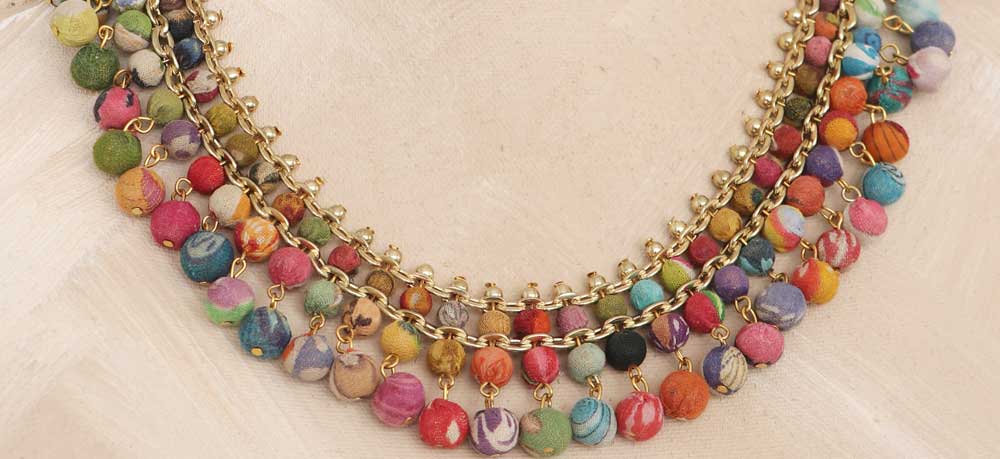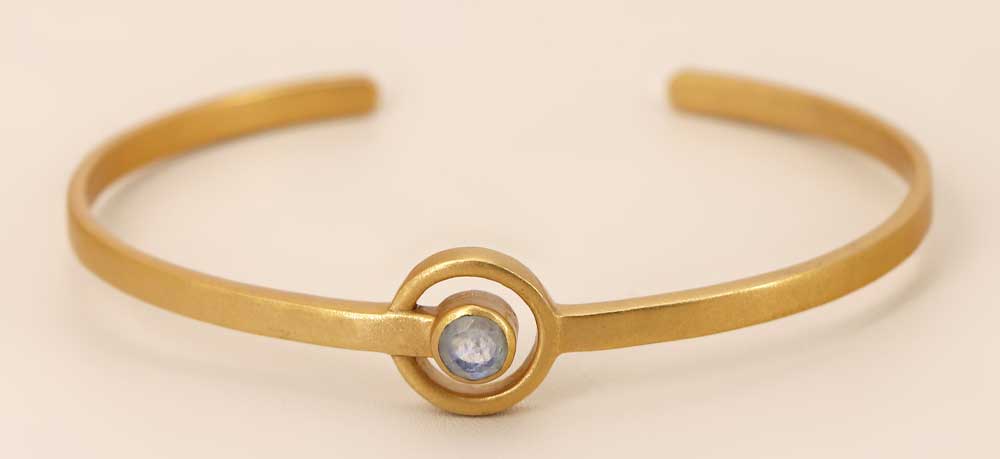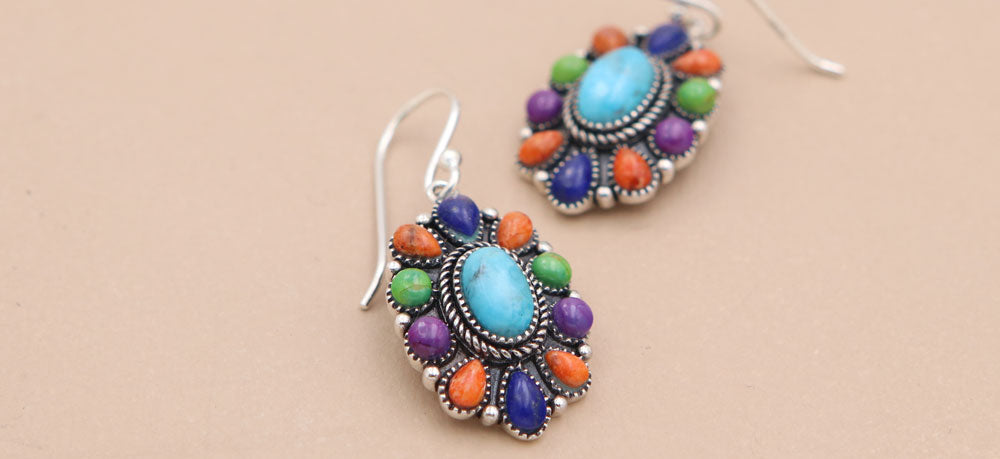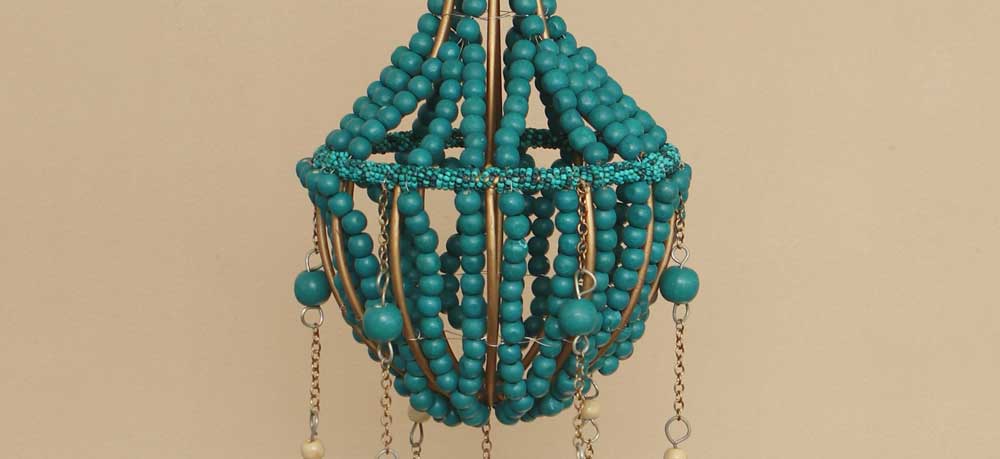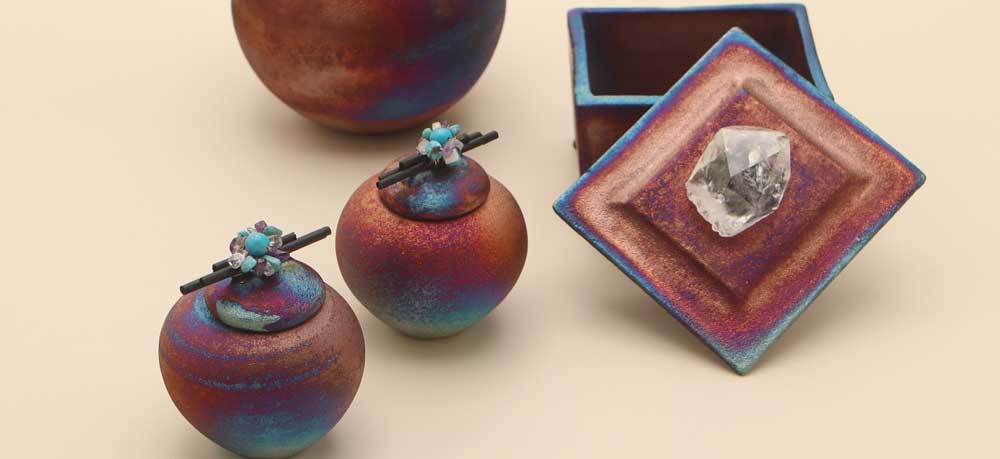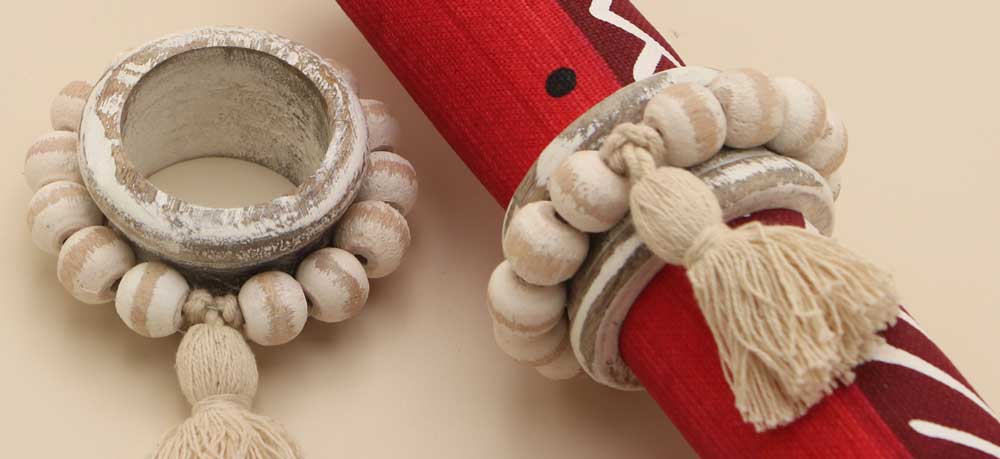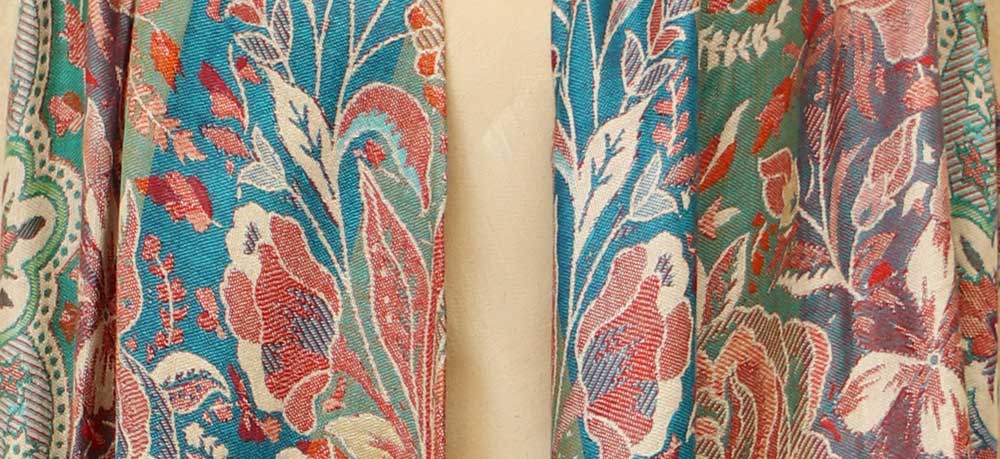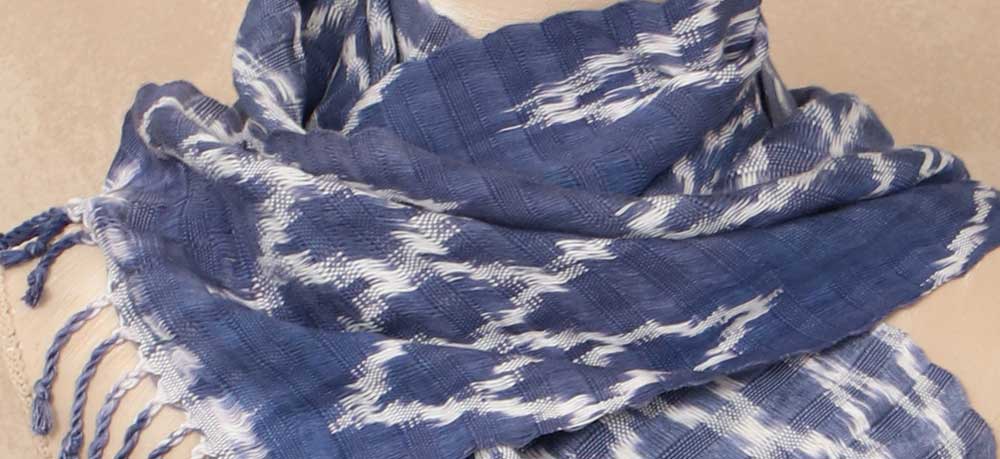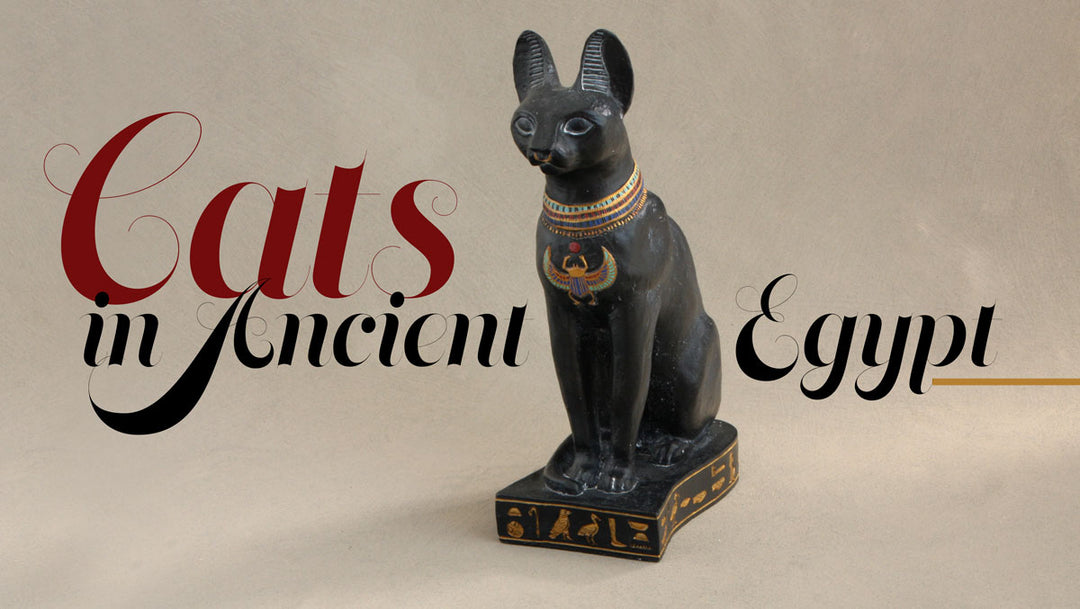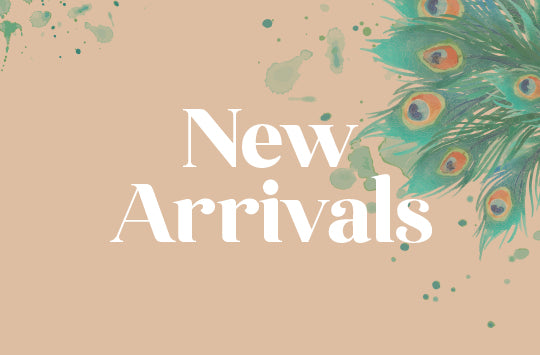The History and Meaning of Dreamcatchers

Ancient cultures often give us a unique perspective on life. For example, the Native American traditions are rich with stories of how the people were connected with nature and the world around them. Often these connections are to unseen forces that shape a person’s destiny. To tap into these forces, people created devices which would interact with the natural energy. Dreamcatchers are one such tool that have also become popular with many people in the world today.
History and Lore of Dreamcatchers
The Native Americans viewed dreams as energy that surrounds individuals as they sleep. The energy produces visions in the person and are typically referred to as “good dreams” or “bad dreams”. Should these dreams affect a person, the result can have a positive or negative impact on their life.
Two North American tribes, the Ojibwe (previously known as the Chippewa) and Lakota, constructed dreamcatchers to prevent the bad dreams from affecting the person while capturing the good dreams and channeling that energy into the person’s life. These devices were often made by the women elders in the tribe to control the energy that surrounded the children as they slept.
Dreamcatchers were made of natural materials and were meant to disintegrate back to nature as a young child became an adult. A round or oval hoop was made by bending a stick of willow into the desired shape. Sinew was then tied to seven or eight points on the hoop and stretched across the circle in a pattern that resembled a spider’s web with a hole in the center. Feathers were tied onto the hoop so they hung down below it. Shells and stones would be used to decorate the dreamcatcher.
The Ojibwe and Lakota had different legends regarding the dreamcatcher, but both focused on the channeling of dreams for the benefit of the child.

The Ojibwe Legend of Asibikaashi (Spider Woman)
Asibikaashi was responsible for placing the sun into the sky each morning. The sun sent it’s energy to the many people across the land. However, as the tribes grew and spread around the world, it became more difficult for Asibikaashi to get the energy to all of her people. She enlisted the aid of tribal grandmothers, mothers and sisters to weave magical hoops that caught and held onto the energy of dreams. Bad dreams were caught and held by the web of the dreamcatcher while good dreams escaped through the center hole and to the owner.
The Lakota Legend of Iktomi (the Great Teacher)
A tribal leader climbed on top of a mountain where he had a vision from Iktomi, who appeared to him as a spider. Iktomi told the elder about the cycle of human life and how people can make choices that impact their life and the world around them. The spider wove a web around a circle of willow to show the cycles of life that a person goes through from birth to death. At the end of the vision, Iktomi gave the elder the hoop and explained how it can be used to catch and hold bad dreams, preventing them from tormenting the person. It allowed the good dreams to escape through the hole in the center so they could be sent to influence the owner’s life.
While these legends are different, they both emphasize using the dreamcatcher to intercept dream energy and allow only the good dreams to impact a person.
How Dreamcatchers Are Used Now
Dreamcatchers were adopted in the early 1920s by people throughout North and South America. Many people used them as decoration for the home while others were more interested in the spiritual use of the device. This was also a time when people became more interested in the psychology of dreams. The study of dreams and how they affected a person was a favorite pastime for some people. The dreamcatcher became a natural tool for those wanting to control their dreams.
Like the early Native Americans, many people see the dreamcatcher as a way to capture negative energy and prevent it from affecting them. These tools are no longer found exclusively in sleeping areas but can be seen hanging throughout people’s homes, in their work places and even dangling from the rear view mirror of their car.
Some people believe that dreams are a glimpse into other worlds and use the dreamcatcher as a way to consciously enter those domains. One use of the dreamcatcher to do this is through a guided meditation:
1. Sit quietly in a favorite place to meditate.
2. Picture a dreamcatcher floating in front of you.
3. Place your consciousness on the rim of the hoop and walk it slowly around the circle.
4. Each attachment point of the string on the hoop represents a connection to another reality. Stop at the point of a connection that you would like to further investigate.
5. Now follow the string from that point to the center of the circle.
6. Allow yourself to pass through the hole in the center of the dreamcatcher and enter the other reality.
Some people find that they can enhance their lucid dreaming by practicing this simple meditation.
Another way to use the dreamcatcher is to let it catch energy that may cause a person stress. Hanging above a work or study desk, this tool can filter the energy surrounding a person and reduce their stress. Some people travel with their favorite dreamcatcher so they can hang it in their hotel room for its cleansing affect.
As a token of good wishes, the dreamcatcher is often given as a gift to new mothers and their babies, newly married couples, and to christen a new home. Wherever a person experiences energy, good and bad, a dreamcatcher may be used to control the influence of that energy.

How to Purchase or Construct a Dreamcatcher
When shopping for a dreamcatcher, one will find them at a variety of prices and styles. It’s important to look at several to find just the right one for the desired use. All dreamcatchers will have three common elements: the hoop, the web and something hanging from the bottom of the rim, usually feathers. Some people believe that the feathers help to channel the good energy into people sleeping under the dreamcatcher.
While you’ll find dreamcatchers constructed from a number of man-made materials, try to find one made from as many natural materials as possible. This will emphasize your connection with the natural world around you. Look for rims made from natural wood formed to create a circle. The web should be made from leather sinew, cotton or woven silk fibers. Decorations on the rim and web can be stones, crystals, shells, clay or other natural materials. A variety of different feathers can be used to hang from the bottom of the rim to complete the dreamcatcher.
For the ultimate personalization, try making your own dreamcatcher. Your own energy will go into it making it a truly powerful creation to help you navigate your dreams. Collect the following materials to begin your project:
– A stick of willow or grapevine two feet long.
– A piece of cotton string or sinew four feet long.
– Three feathers.
– Crystals, stones or other objects with which to decorate your dreamcatcher.
When making your dreamcatcher, first smudge the area with sage or incense and ask the good spirits around you to help guide you through the creation.
1. Soak the stick in water for one hour to make it easy to bend.
2. Carefully bend the stick into a circle, overlapping the ends so you can tie them together.
3. Tie one end of the string to the rim.
4. Measure from this point around the rim to mark eight points on the rim an equal distance from each other.
5. Stretch the string to the first point and wrap it twice over the rim so the string hangs inside of the circle.
6. Continue to the next and subsequent points until you reach the first, then tie the string onto the rim and cut the string. You should now see that your string forms an octagon inside of the circle.
7. Tie the loose end of the piece of string to the center of one of the eight sides created by the first piece of string.
8. Pull the string slightly to the next piece of string and loop it twice over the center of that piece of string.
9. Continue until you reach back to where you started and secure the string with a small knot.
10. If needed, adjust the string you just added so it is centered on the first piece of string.
11. Now tie the string to the center of the sides you created with the second piece of string and continue to where you started and tie the string off.
12. As you continue this, the “spider web” takes shape and the hole in the center of the circle gets smaller. Add string until the hole is the size that you prefer.
13. When the web and hole are just as you want them, tie string around the base of the feathers and attach them to the bottom of your dreamcatcher.
14. Tie a piece of string to the top of the hoop for hanging.
15. Depending on the types of decoration you chose for your dreamcatcher, you can incorporate them into the string as you create the web or glue them on when you are finished.
16. Once you have moved the string around to center your web you can place a small dot of glue where you have wrapped the strings to secure them.
Don’t be concerned if your hoop is more of an oval or is crooked. Don’t worry about the web looking perfectly symmetrical. The more natural your dreamcatcher looks, the more it will feel like your own connection to nature and your dreams.


